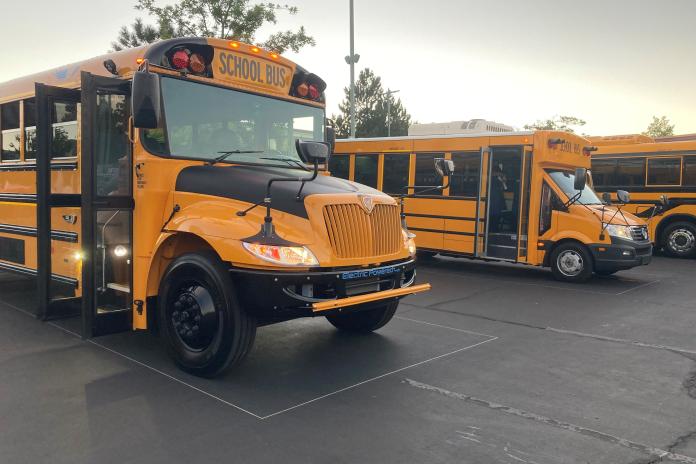Step 1: Foundation Setting
A successful transition to electric school buses starts with a strong and equity-centered foundation.

The first step in the transition to electric school buses is to create your project team and get educated on the technology and process. Foundation setting can begin with or without funding for buses in hand and will be most effective if a broad variety of stakeholders are included from the beginning.
You should involve and consult district staff responsible for transportation and facilities operations, your electric utility, the superintendents’ office, the school board, teachers, parents, students and any other impacted community members, like those who live near a bus depot. Intentionally engaging groups and individuals that have been historically excluded from planning processes can improve the electrification project by identifying creative new ideas and mitigating potential barriers early in the process. It is also important to reach out to your electric utility as soon as possible to start planning for charging infrastructure.
Once you have these foundational pieces in place, you can bring everyone together to develop a roadmap — a high-level document that outlines the key steps needed for operations and infrastructure planning, procurement, facilities upgrades, charger installation, deployment and more. The roadmap should consider strategies to ensure that throughout each step, school bus electrification equitably benefits members of the school district community.